The Bishnoi community from Rajasthan is well-known for its close connection with nature and its distinctive lifestyle. But another fascinating aspect of this community lies in its traditional attire, which beautifully reflects its rich cultural heritage. Both Bishnoi men and women wear clothes that blend simplicity with elegance, making their culture visually appealing and unique. Each garment tells a story of heritage, rooted in their respect for tradition and nature.
Here’s a closer look at the attire of the Bishnoi community and the elements that make it so special.
Clothing of Bishnoi Women: Colorful and Symbolic
The clothing worn by Bishnoi women shares some similarities with the traditional dress of other Rajasthani women, yet it has its own unique identity. The typical attire includes a Kurti or Kanchli, Ghagra, and Odhni (scarf), each piece crafted to reflect cultural symbolism.
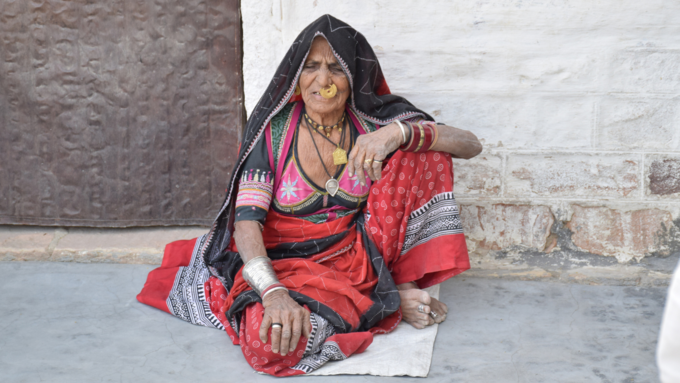
Kurti: A Beautiful Canvas of Colors and Patterns
The kurti or kanchli worn by Bishnoi women is an upper garment that typically has a U-shaped neckline and three-fourth sleeves. These kurtis are decorated with colorful embroidery, stones, and intricate gota work. Many kurtis feature traditional patterns or floral designs embroidered in silk or cotton thread, giving them an eye-catching, detailed look. This decoration not only enhances the garment’s beauty but also celebrates Rajasthani artistry.
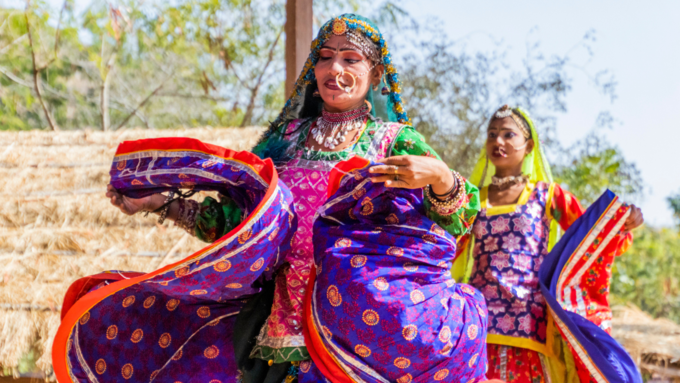
Ghagra: Rich Colors and Embroidery
The ghagra, or skirt, is a flowing garment worn below the kurti, often made with generous pleats. In terms of color, the Bishnoi women typically choose bold hues like orange, red, pink, and yellow, bringing vibrancy to their look. Some ghagras are fully printed, while others are accentuated with embroidered borders or intricate gota work, lending each piece a distinct and festive touch.
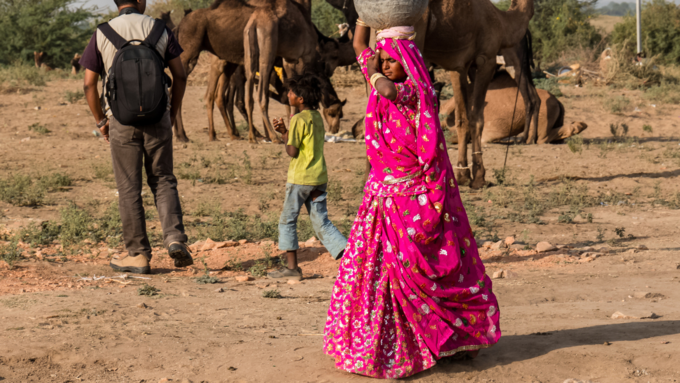
Odhni: The Traditional Head Scarf
Completing the outfit, the odhni is draped over the head as a sign of respect and modesty. Young unmarried girls wear an odhni paired with simple clothing like a pothari or pada, while married women add layers of fabric and embellishment. The odhni can be adorned with delicate zari or kept plain, depending on the occasion, and is often crafted from light, airy fabrics like cotton or georgette.
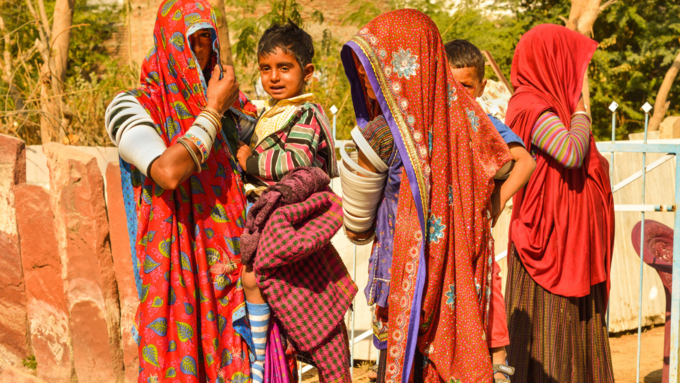
Attire of Bishnoi Men: A Symbol of Honor and Simplicity
The attire of Bishnoi men showcases a simple yet dignified look. They wear a kurta (or chola), dhoti, and a long, iconic turban that makes them stand out.

Kurta and Dhoti: Traditional and Functional
Bishnoi men wear a kurta that extends to the knee or mid-thigh, complemented by a dhoti—a versatile piece of cloth draped around the legs and secured at the back. Made from cotton, these clothes are typically white, symbolizing purity and simplicity. Men may add an angrakha or bandi, especially during ceremonies, for a more formal look.
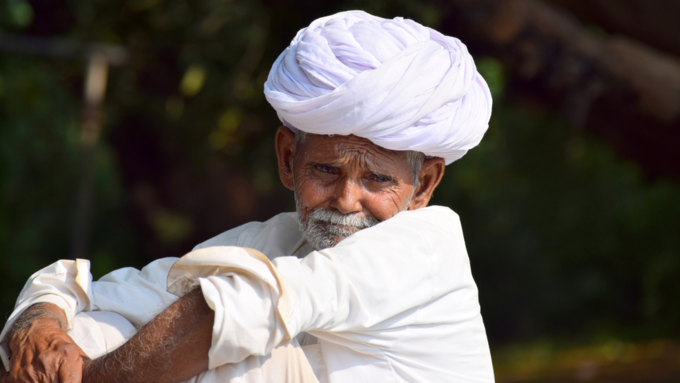
The 80-Feet Long Turban: A Mark of Pride
An integral part of the men’s attire is their traditional turban, known as poti or potiya, which is about 80 feet in length and 8 inches wide. These turbans are usually white and made from soft cotton, but on special occasions, men wear versions crafted from georgette or chiffon and embellished with traditional zari work. For the Bishnoi men, this turban is not merely a head covering; it signifies honor, identity, and a deep connection to their heritage.
Celebrating Bishnoi Culture Through Attire
In the Bishnoi community, clothing plays a vital role in expressing cultural values and distinctions among age groups, marital status, and gender. The colorful garments and intricate decorations demonstrate the artistry of Rajasthan while reflecting the Bishnoi community’s dedication to their traditions and respect for nature. For Bishnoi women, the vibrant ghagras and odhnis symbolize femininity and pride, while for men, the white attire and impressive turbans signify purity and cultural identity.
Bishnoi attire is a testament to their pride in cultural heritage and a beautiful representation of Rajasthan’s traditional craftsmanship. Each garment carries the community’s history and values, connecting the wearer to the past and continuing the legacy of Bishnoi tradition.


